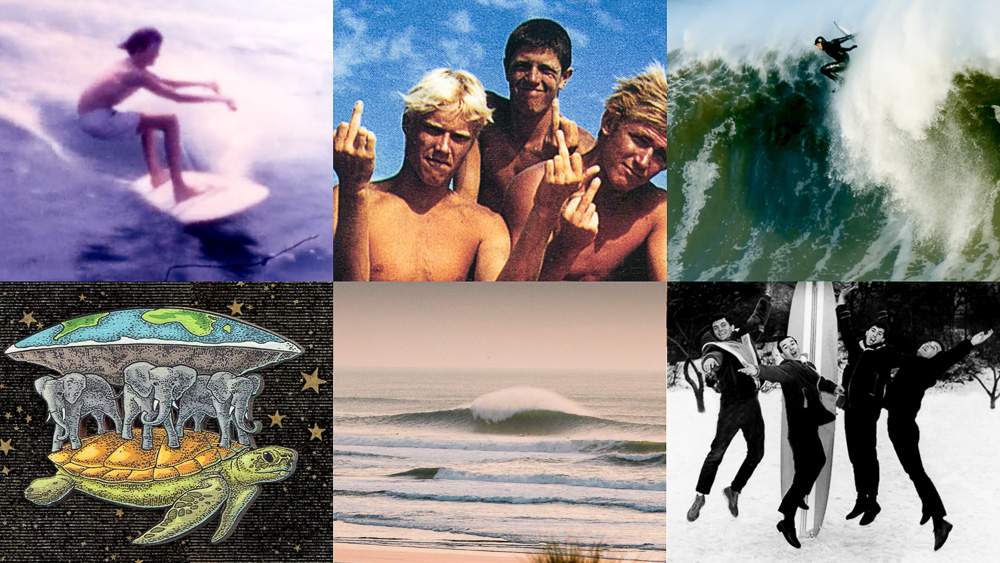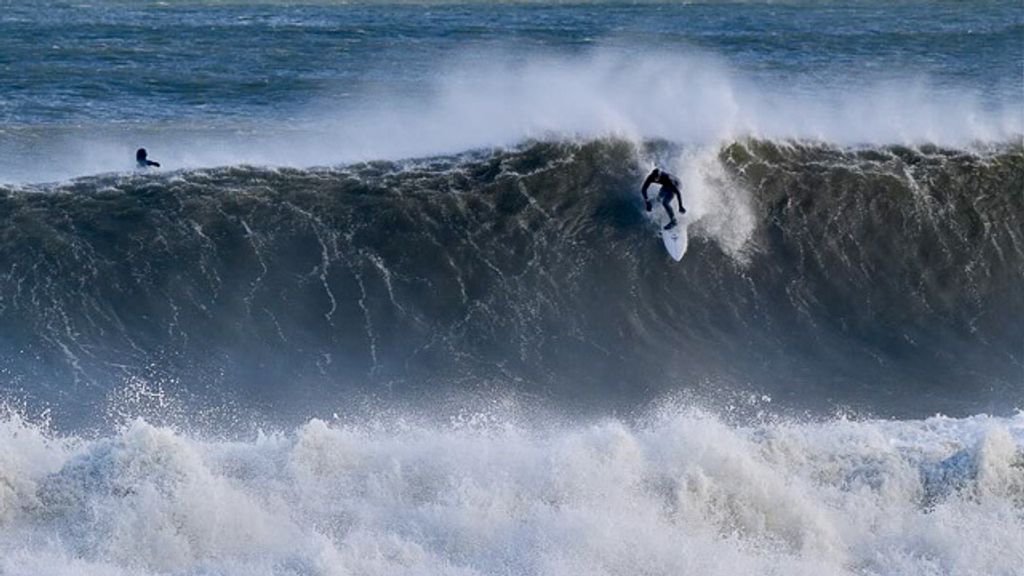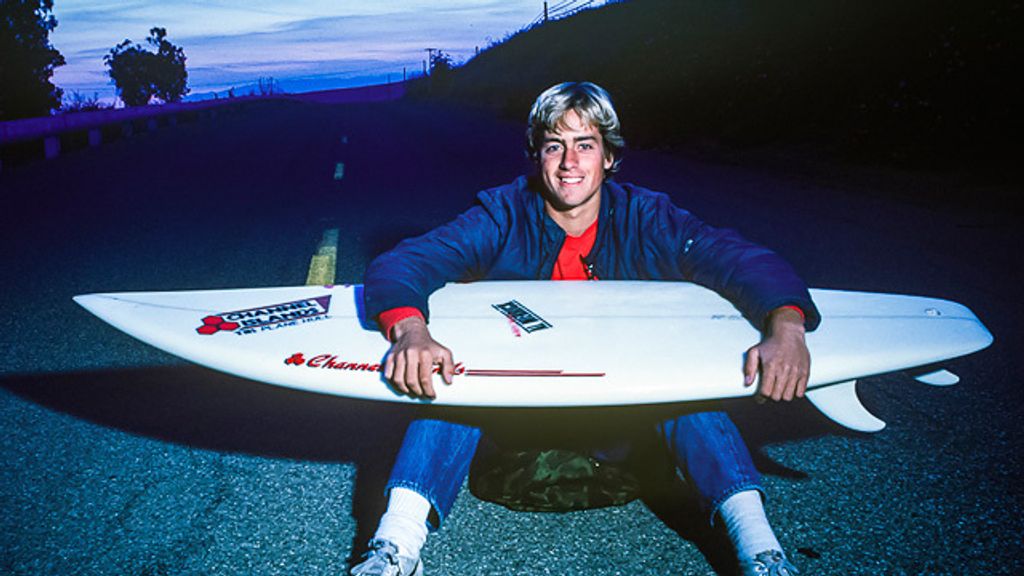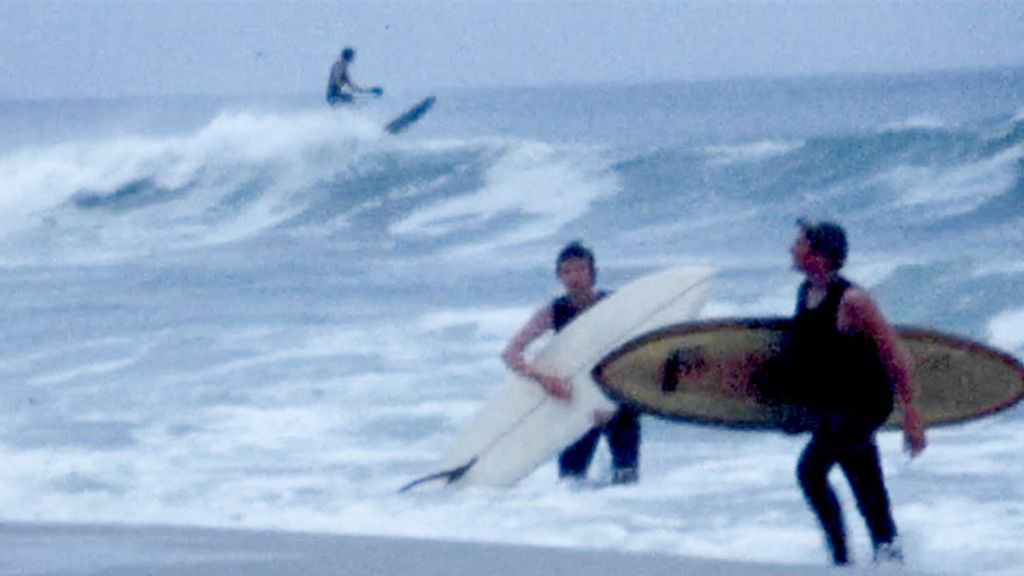SUNDAY JOINT, 1-7-2024: WE ARE ALL ONE ATOP THE COSMIC TURTLE

Hey All,
What giant snobs we were, all of us California-born surfers, for a few decades there but especially the 1960s. Hawaii was above us, of course. Australia mattered, once Farrelly and Young literally beat us at our own game. But in the continental US, as far as we were concerned, the sun rose on one side of Pacific Coast Highway and set on the other, and if for some reason we happened to look east it was with a bored expression or at most a flicker of curiosity or, maybe, for the nascent surf industry, a big sales department grin and a quote for ground-shipped 100% authentic California-made surf goods on net 30 terms. Nothing back there, in other words, but beginners and market share and an infinity stretch of weak closeout beachbreak waves. All the states blurred into one entity; it was just the East Coast; it was a flipped-over version of that famous New Yorker cover where a cross-street in Manhattan—the real Manhattan, dummy, not Manhattan Beach—is big and foregrounded and detailed to where you can see storefronts and cars and pedestrians, while the rest of the nation telescopes down a flat beige rectangular plain, a few rocks, and off in the distance a light-blue ribbon labeled as the Pacific Ocean.

I get it. More or less. The waves are better out here, and Hawaii is indeed the Cosmic Turtle upon which the surfing world is balanced, and compared to the East Coast we are 3,000 miles closer to Hawaii. Plus, we had Edwards, Dora, Doyle, Noll, etc. They had Gary Propper. who was fast and feisty but a total hair-out.
It was also, I think, that the East Coast was regarded as old and pale, bookish and beach-agnostic, while California—Los Angeles in particular—was well-tanned, physical, cinematic, and still churning West out of sheer Manifest Destiny momentum, never mind that we’d run out of land, we’ll storm the beaches, strip, swim, and when that gets boring we’ll ride waves. We did it year-round, and after Gidget came out everybody back east and around the world knew it. We were trending before that word got verbed. And we felt even better about ourselves and our decisions, righteous even, when those guys on the other side of the country (New York writers, mainly) talked shit about us.

Our sense of superiority was of course misplaced and provincial and five other shades of ignorant, but we were above all things young, and born lucky, and ignorance was in many respects our brand, as Californians in general but even more so as surfers. (We really did lean into it, too: “If I had a couple of bucks to buy a book, I wouldn’t,” a Malibu surfer told Life magazine in 1957. “I’d buy some beer.” I wasn’t that guy, exactly, as a teenager. But I hung out with and befriended and partied with dozens like him, and the memories are as cherished as they are cringed over.)
We got older, and hopefully less ignorant. Move down the track a decade, two decades, more, travel around, foreign and domestic, and at some point you find that nothing is lost by understanding, appreciating, even falling in love with other regions, other states. I have few regrets in life, but one is that I never had the guts to move to New York for at least a year or two.

Meanwhile, the sport in general by and large outgrew its regionalism. We’re so blended now, on Facebook and Instagram and TikTok—even if we’re not there, we’re there. Big New Jersey waves, and the surfers who chase them, look much the same as those in San Francisco, which look kinda-sorta the same as those in Manhattan Beach. Everywhere gets good, and if it’s not good where you live it’s not hard, if you’re dedicated and can afford it, to cross timezones and state lines to put yourself where it is good. Mobility in 2024 can be nearly effortless. Bad for the environment, good for appreciating other beaches, towns, states. And I think because of that, we don’t lord it over the other guy the way we used to—or at least we don’t lord it over people based on geography—and that’s a small blessing for us all, but especially my former home-state surfing brethren in California because, talent-wise, if we were still playing that game, East Coast surfers Uno reversed the West Coast 30 years ago.
Tom Curren could only take us so far.

Thanks for reading, everybody, and see you next week!
Matt
PS: The spark for today’s Joint came about while piecing together this joyous little slice-of-life clip, filmed on Long Beach Island in 1969. I was halfway through the edit before I realized that Long Beach Island, New Jersey, is not the same thing as Long Island, New York. The point being, I suppose, that outgrowing your provincialism is a long and possibly never-ending project. After you watch the LBI clip, by the way, by all means read the accompanying piece by Nick Holt, it is bittersweet with extra bitters.

PPS: The old West-over-East POV, backward as it was, did give us 1965’s “New York’s a Lonely Town,” by the Trade Winds, which to my ears is the finest layered-vocals surf song of all time, Beach Boys included. “My woody’s outside, covered in snow / New York’s a lonely town / When you’re the only surfer boy around.” Tenor and falsetto both, sleigh bells, hand claps, and folks that is a perfect Manhattan of a chorus, two-parts humor, one-part heartbreak. The Trade Winds were a pair of journeymen tie-wearing Brill Building songwriters originally from Rhode Island, which helps make a point I should have made earlier, which is that East Coasters themselves during this period bent the knee, always, to the West Coast. I didn’t know until just a few years ago that Dave Edmunds covered “Lonely Town” in 1976, and only this week did I find out he did an alternate version titled “London’s a Lonely Town,” which is even better. Funnier, too, which you’d expect from Dave Edmunds, whose other great ocean-related track is “Creature from the Black Lagoon,” and I don’t know how Edmunds and Nick Lowe did it but over and over again they’d find a dumb-joke throwaway idea and spin it into a pop song with more hooks than Ernest Hemingway’s tackle box.
[Photo grid, clockwise from top left: Wakeboarding on Long Beach Island, 1969; Windansea surfers, 1957, photo by John Villarin; New Jersey, December 2023, photo by Steve Houser; the Trade Winds; Ocean Beach, San Francisco; the Cosmic Turtle. 1976 New Yorker cover and mid-’60s San Onofre surfer. Panel from “The Surfers,” with Little Annie Fanny, published in Playboy, 1965. New Jersey, 2023, photo by Shore Shot Images. Tom Curren by Aaron Chang. Long Beach Island, 1969.]